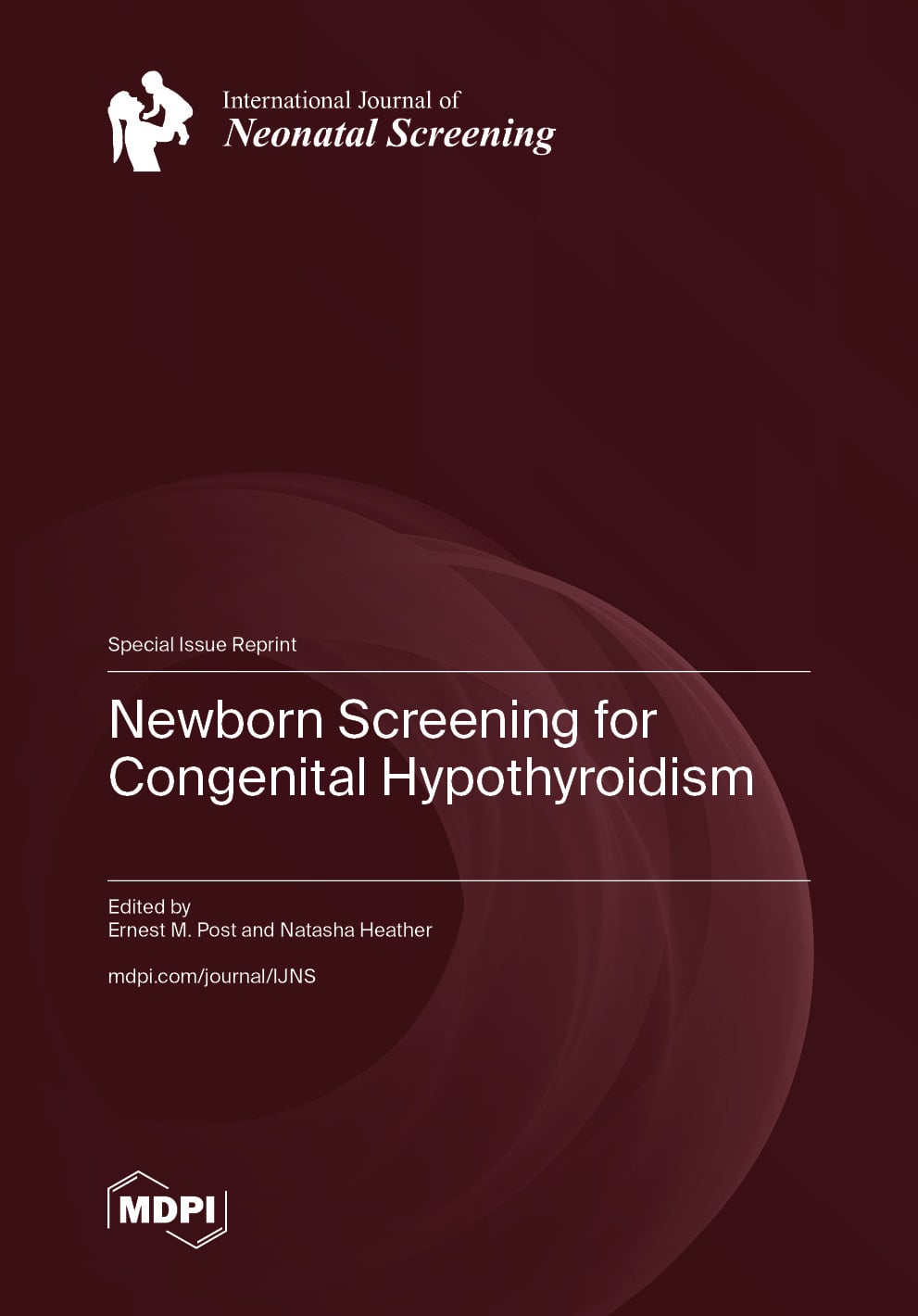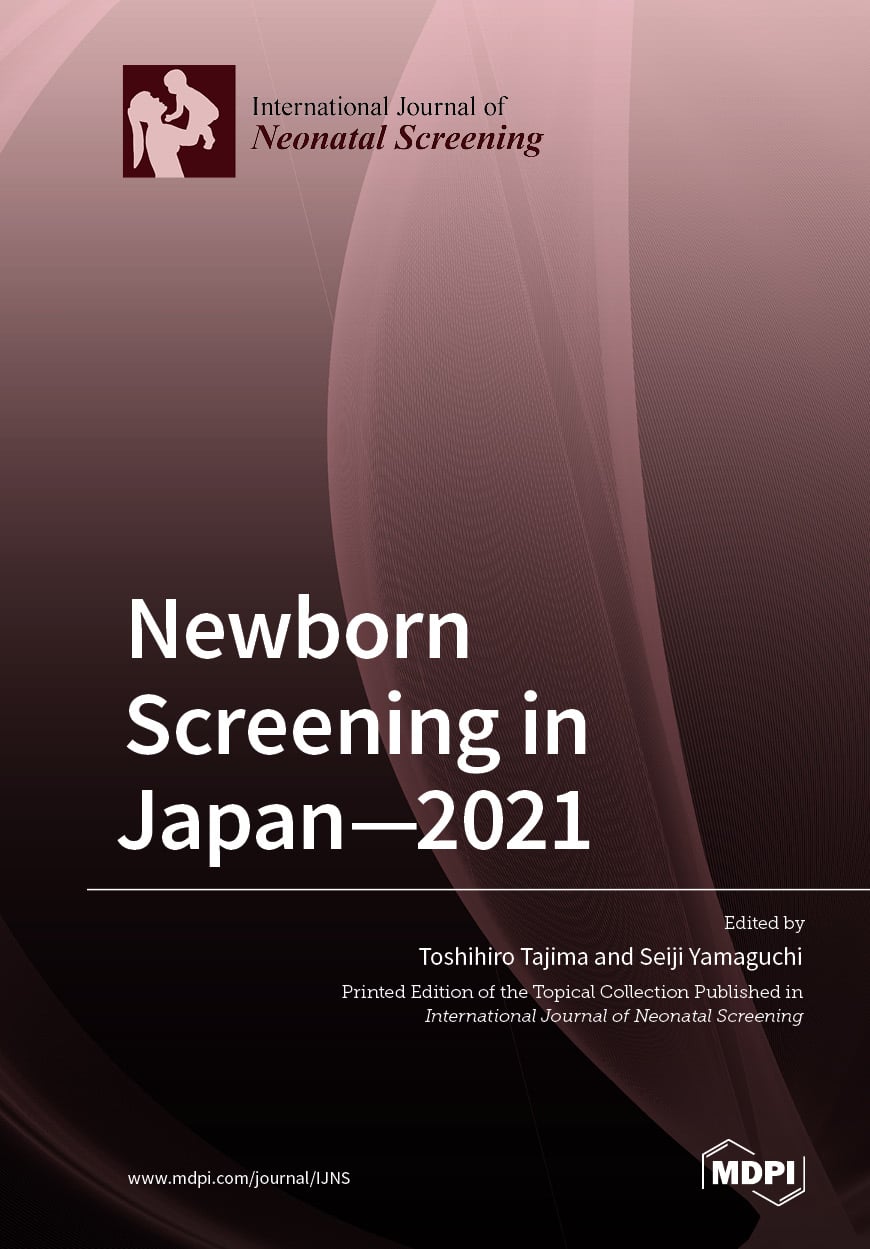- 4.0Impact Factor
- 6.0CiteScore
- 27 daysTime to First Decision
International Journal of Neonatal Screening
International Journal of Neonatal Screening (IJNS) is an international, peer-reviewed, open access journal on neonatal screening and neonatal medicine, published quarterly online.
It is the official journal of the International Society for Neonatal Screening (ISNS). The German Society for Neonatal Screening (DGNS), French Society for Neonatal Screening (SFDN), Japanese Society for Neonatal Screening (JSNS), UK Newborn Screening Laboratory Network (UKNSLN) and more societies are affiliated with IJNS. Societies members receive discounts on the article processing charges.
Indexed in PubMed | Quartile Ranking JCR - Q1 (Pediatrics | Genetics and Heredity)






